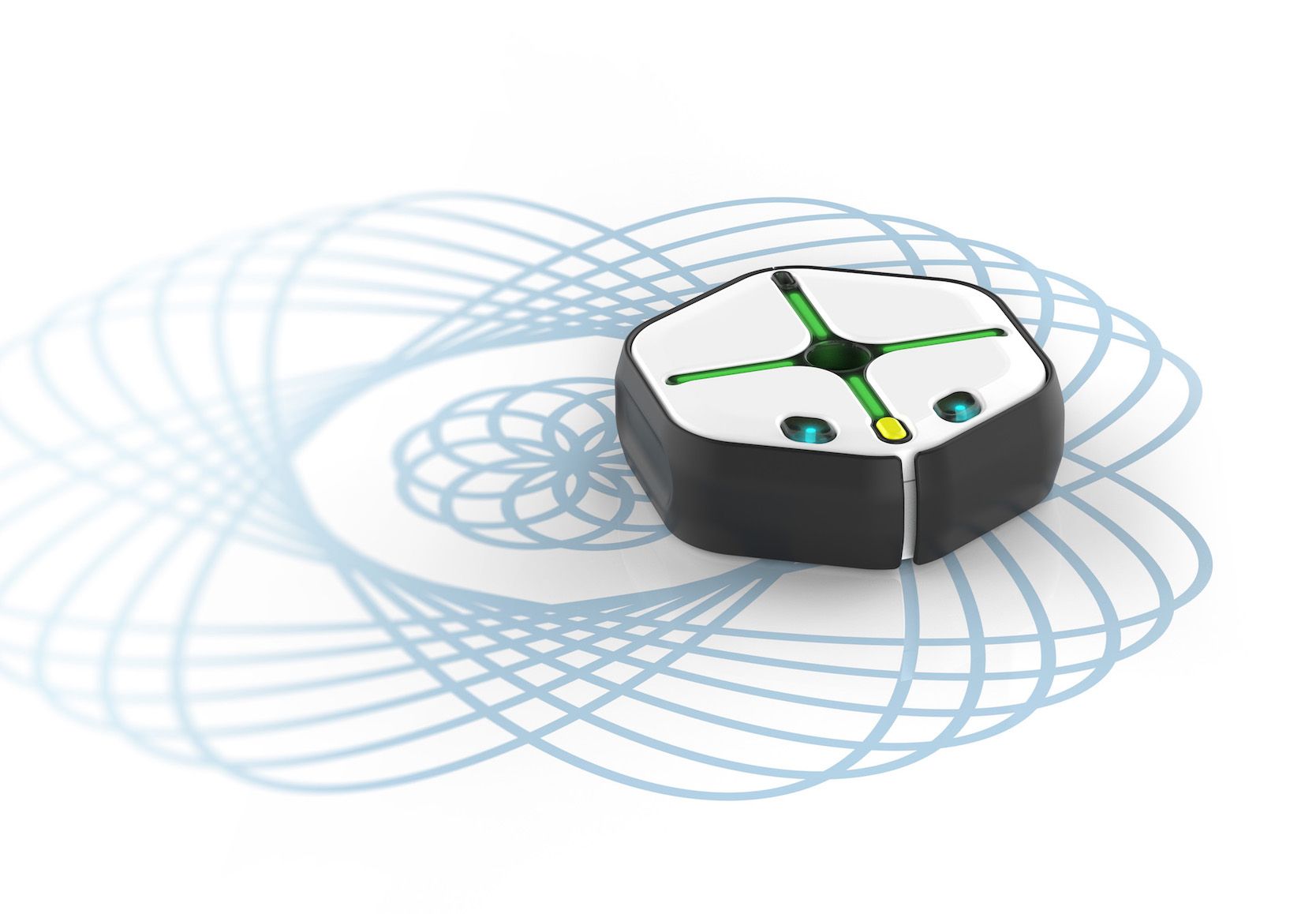Some of the folks from Harvard who were behind the original Root concept wrote a guest article for us back in 2016, which is full of detail about what Root can do. You should definitely go read it if you like the look of this robot, but this video does a good job of showing the highlights:
Root is packed full of sensors and interactive elements, which makes it both fun and interesting to use. But from the beginning, the focus of Root was education—it’s very important to understand that Root is not a toy robot that also teaches, but instead it’s an educational tool for teaching coding skills that also happens to be a robot. Robots are usually fun to play with, which is part of Root’s appeal, but the reason that Root exists is to provide a compelling focus for coding, turning abstract code into a thing that moves around and interacts with the world.
“We’ve identified coding as a particular challenge, where we’re just not teaching it in schools,” iRobot CEO Colin Angle told us. “Providing a tool to help kids code is of huge interest to me personally. And the ability to use the excitement that is engendered by a physical robot is a great strategy.”

Having a cool robot is just one part of this strategy—the other is developing a comprehensive set of app-based lessons that will effectively teach kids, growing with them as they develop their skills. Root was designed to be educational for children as young as 4, in some cases teaching very basic coding concepts even before children know how to read. This is possible because you can program Root by dragging and dropping symbols with pictures on them into the app interface. You can only do very simple things this way, but once you’re ready for more, it’s an easy transition to a more computational interface, where the visual symbols expand to include things like logical operations, sensor values, and adjustable variables. The final step is to switch over to full text coding in Swift, Python, or JavaScript, but being able to toggle back to the more visual interface makes the transition easy.
“With Root, we wanted to create something that people can grow with,” says Zee Dubrovsky, co-founder of Root Robotics (and now general manager of educational robots at iRobot). “The barrier for entry is very low, you don’t even have to know how to read, so someone as young as 4 can start using the robot. And when they’re ready, they can level up [through other coding interfaces]. There’s a lot of transferable knowledge from one interface to the next.”
Root’s robust, flexible hardware and self-guided scalable learning have the potential to take kids through middle school and even high school, but we wanted to know what happens next, especially if you’ve got a particularly bright kid who wants to be able to do more. “When you reach the limit of what Root does right out of the box, what we’ll see in the future is the ability to hack Root and build on top of it,” says Dubrovsky. “We’re also planning on releasing SDKs for Root.” Angle adds, “we’ll be giving more capabilities to Root over time, which we’re not announcing today, but this is a beginning not an end. Root is a platform that has the scalability to add more accessories and sensors.”

While Root is certainly stealing the iRobot STEM spotlight away from the Create platform, part of the reason that iRobot acquired Root was to appeal to people interested in coding and robotics in a way that the Create was never designed to. Root and Create are for fundamentally different audiences: Create is a platform that you can build on top of, rather than learning on it, and it’s focused more on late high school, early college-level hardware projects. At this point, there’s no easy way to transition from working with Root to working with Create, but it’s possible that things could change in the future. In the near term, iRobot is focused on building out Root’s introductory content, with more advanced content to gradually follow, and we’d love to see an accessible pathway that bridges that gap into a more advanced platform, especially if iRobot decides to make its newest robots (with mapping and 3D sensors) hackable as well.
For now, though, Root will be taking advantage of iRobot’s resources and reach to execute on more ambitious plans while scaling more rapidly. It seems like a good match, since both companies share the same fundamental vision for STEM. As Colin Angle puts it, «there is no greater investment you can make in your child’s future than helping them learn the language of coding.»
[ iRobot Root ]
